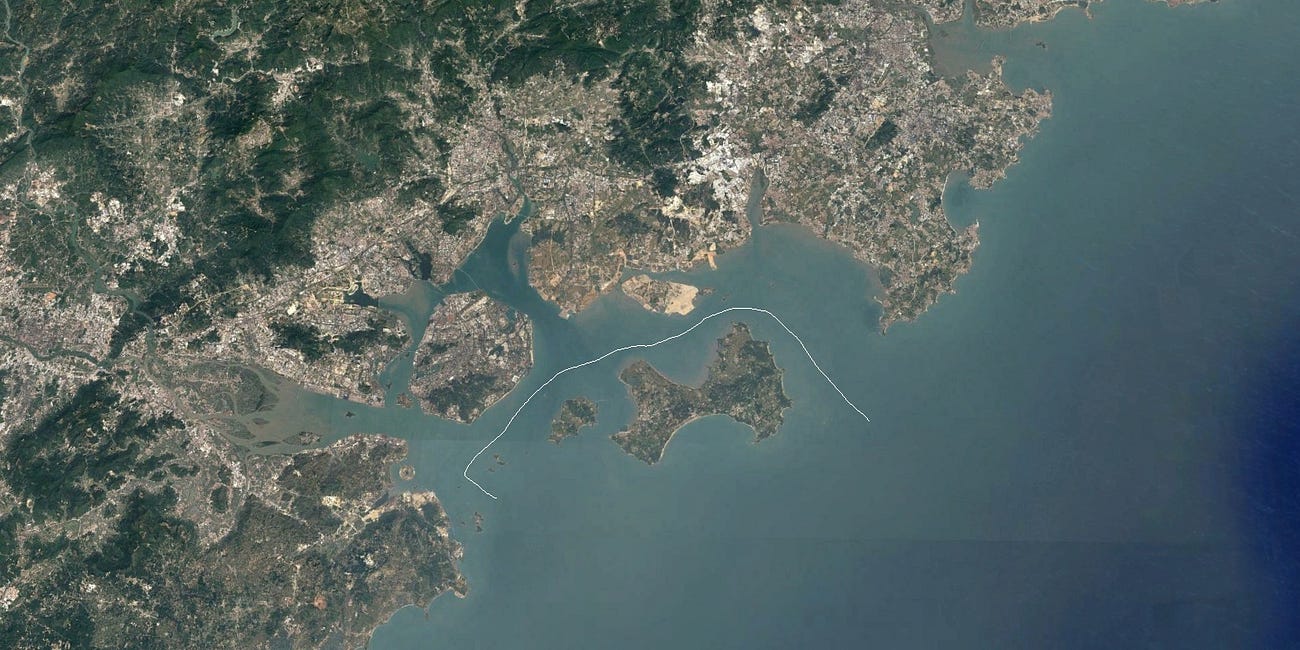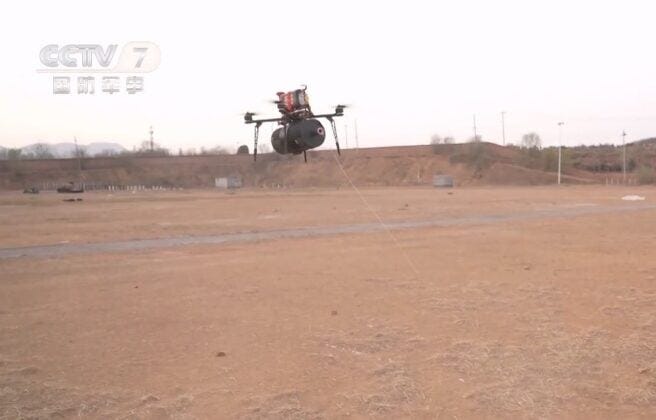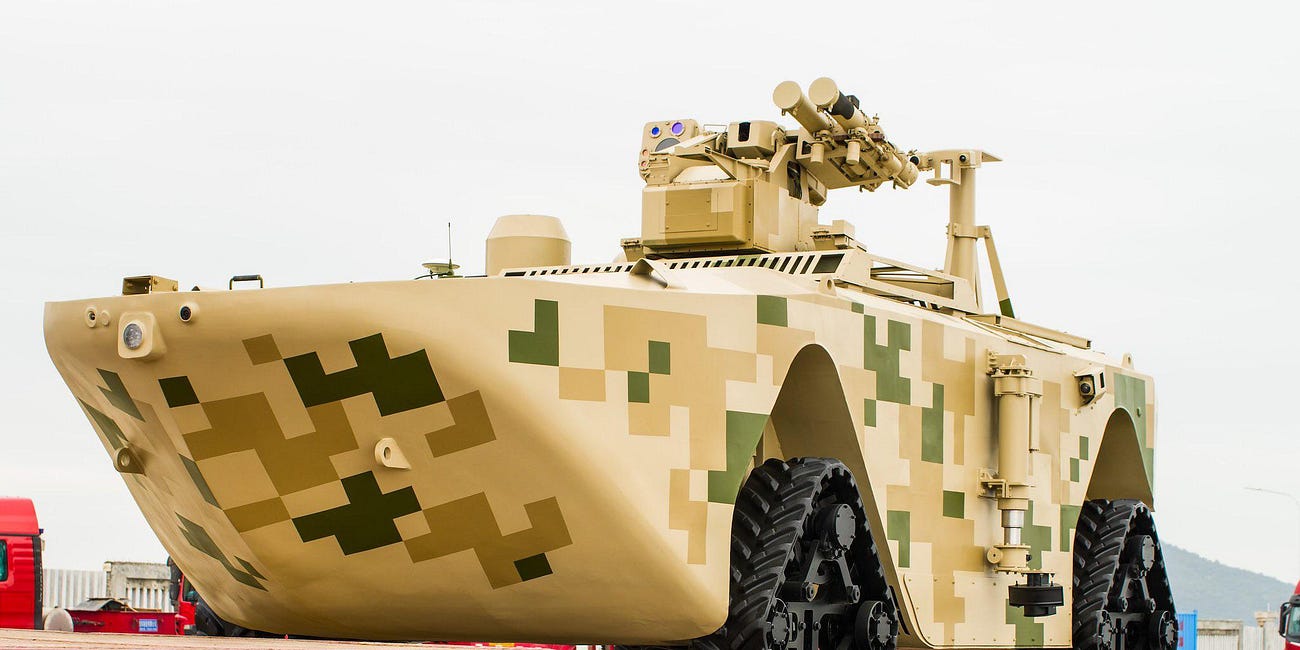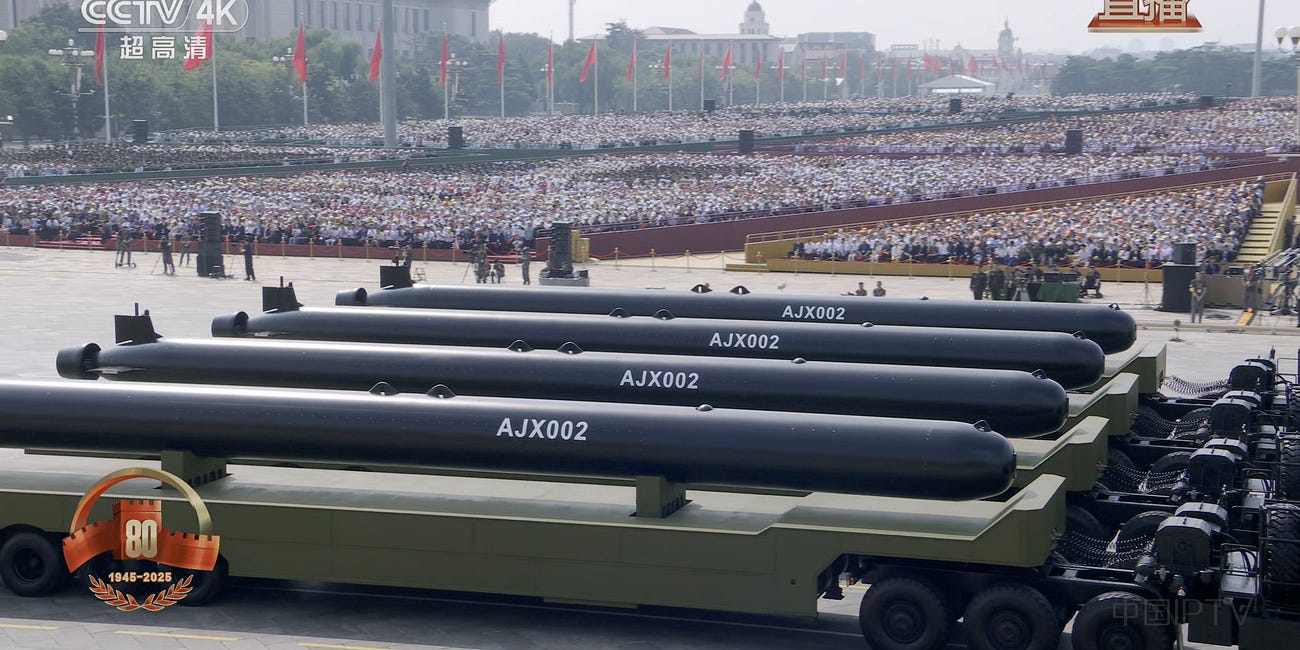Taiwan's Expanding Opportunity To Employ Low-Cost, Short-Range Strike Munitions Against China
🇨🇳 🇹🇼 Extensions
This extensions-themed post is an extension of material that has appeared in another newsletter/section and other parts of my website more generally. My newsletters/sections are primarily categorized by region and my posts can only appear in one newsletter/section at a time given how the Substack platform is configured. Extensions-themed posts are intended to highlight content posted in other newsletters/sections that may be highly relevant to readers who are primarily interested in other parts of the world.
In several recent posts, I have discussed how China can use a wide range of generally low-cost short-range strike munitions to attack targets on the island of Taiwan and Taiwan’s outlying western islands more generally. The corollary is that Taiwan is also increasingly well-positioned to pursue much the same capability set to attack targets along the Chinese coastline. While the effects of technological change on military capabilities tend to cut both ways unless there are major asymmetries in geography, it bears emphasis that Taiwan is unlikely to have the luxury of time to undertake what is likely to amount to a rather slow-burning strike campaign through such generally low-cost short-range strike munitions against Taiwan. Taiwan also faces an additional challenge in that China’s surveilling and targeting of the island country’s western coastline is likely to greatly impede the operations of uncrewed surface vehicles in particular. More generally, Taiwan will likely struggle to replenish critical assets in wartime, including long-range air and ballistic missile defences. Without a credible air defence capability in place, Taiwan, which is located just some 130-180 kilometers from the Chinese mainland, is far too proximate and, therefore, far too exposed to all manner of Chinese strike capabilities to have much scope for a rather slow-burning strike campaign against China even if China either forgoes a large-scale amphibous landing attempt for whatever reason or if a Chinese amphibious landing attempt(s) fails. In any event, the following recent posts published in my China newsletter/section are relevant to readers interested in Taiwan’s military capabilities in terms of both the potential approaches that China may pursue against Taiwan and the potential approaches that Taiwan may itself pursue against China.
The Many Ways Through Which The PLA Can Attack Taiwan's Outlying Western Islands-Part I
Note: This post broaches an oft-overlooked important topic that I will return to in future posts. Part I focuses on Taiwan’s Kinmen Island(s).
How China Can Employ "FPV" Multirotor Drones Against Taiwan
This post is an extension of material that has appeared in another newsletter/section and other parts of my website more generally. While my newsletters/sections are primarily categorized by region—you can either subscribe to specific newsletters/sections or subscribe to the entire website/all of my writings—many posts can be readily placed in multiple …
Technological Change, FPV Multirotor Drones, Gas Stations, And The Evolving Cross-Strait Military Balance
This post is an extension of material that has appeared in another newsletter/section and other parts of my website more generally. While my newsletters/sections are primarily categorized by region—you can either subscribe to specific newsletters/sections or subscribe to the entire website/all of my writings—many posts can be readily placed in multiple …
Can The PLA Pull Off An "Unmanned" Invasion Of Taiwan?
Discussions of how China will pursue a war over the fate of Taiwan often focus on China’s ability to successfully undertake an amphibious invasion of Taiwan and, relatedly, China’s ability to neutralize Taiwan’s air force and air defences, among other aspects of Taiwan’s military capabilities, so as to facilitate a successful Chinese amphibious invasion…
On China's Potential Use Of Land-Attack Configured UUVs Against Taiwan
Note: This concepts-themed post engages in inherently somewhat speculative analysis. I contend that any serious analysis must engage with the world both as it is and as it can be. Avoiding mindless empiricism requires cognizance of what is and what is not within the realm of possibility. Concepts-themed posts engage in this type of analysis.






